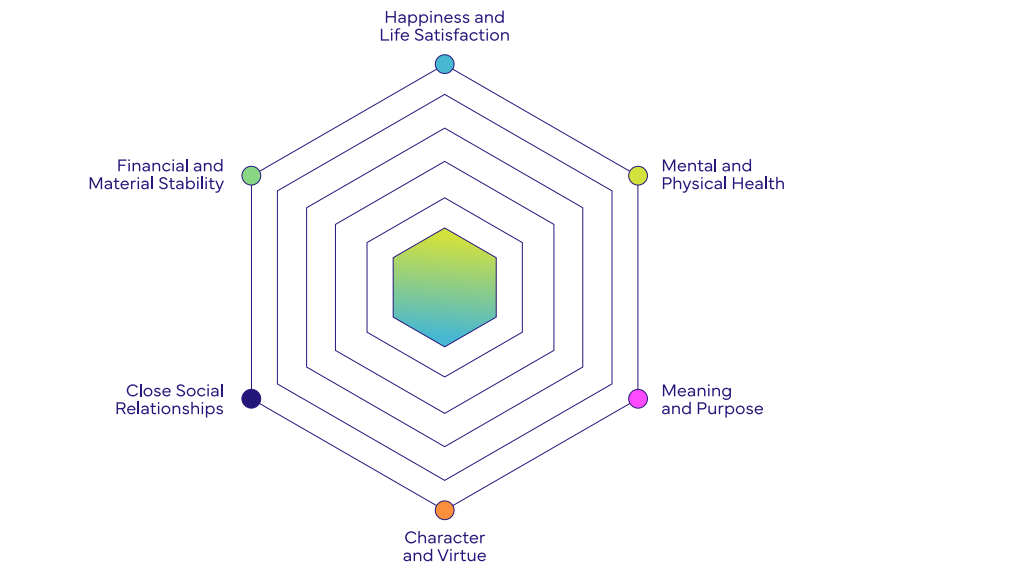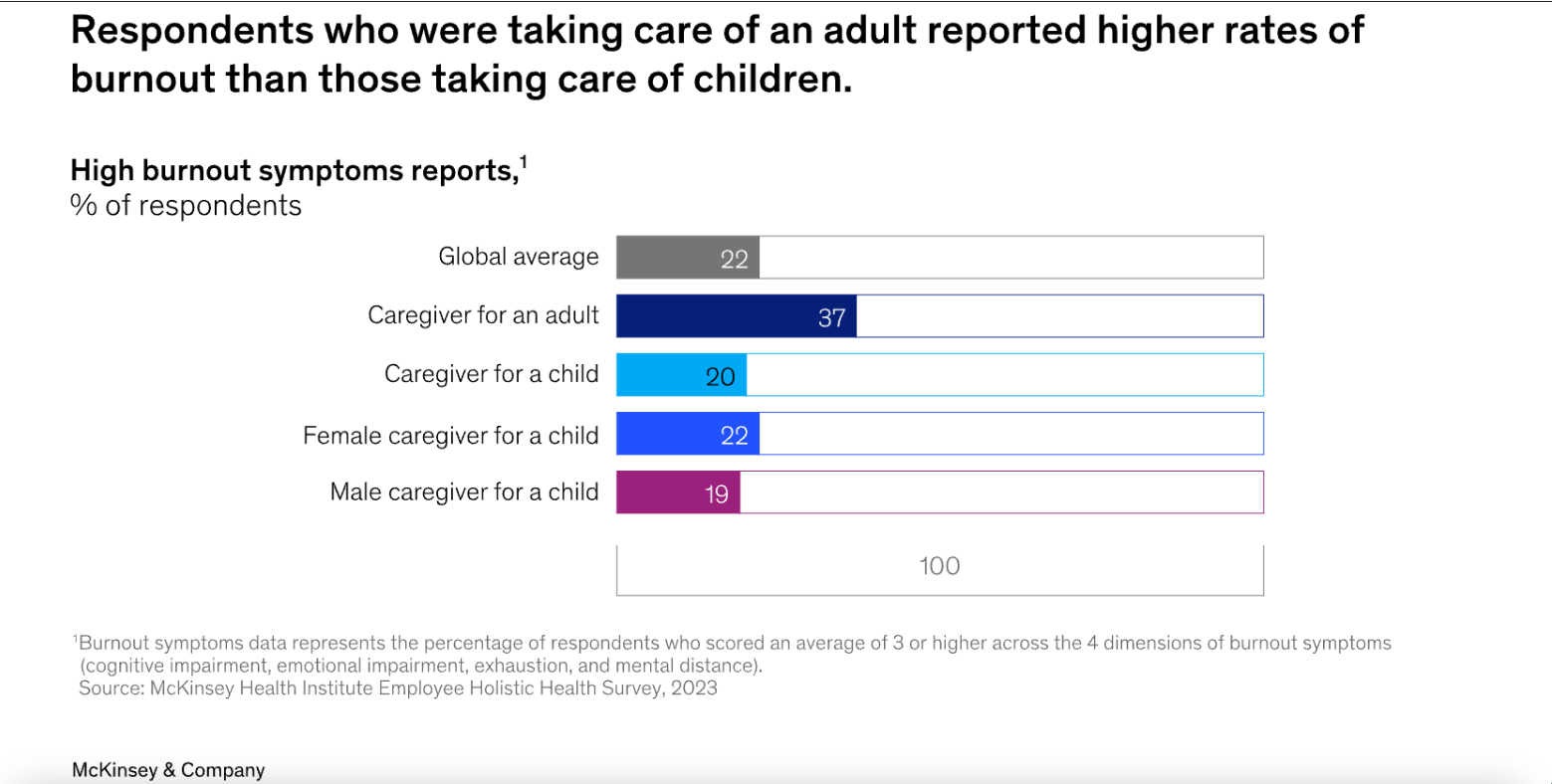How AI Can Transform Human Work: Inspiring Real-World Examples
At MPI, we love tracking emerging ideas that might positively shape how changemakers work and live. A recent Inc. article caught our attention for...
4 min read
Pat Heffernan
:
Sep 28, 2015 11:25:00 PM


Ready to go... Ten policy solutions to close the funding and opportunities gaps for women and minority-owned businesses are being presented at the 4th Annual Sustainable Business Summit in Washington, D.C. this week. The American Sustainable Business Council's Working Group for Women (WGFW) and its Diversity & Inclusion Working Group (D&IWG) developed the policy solutions together over the past year. As an ASBC board member and co-chair of the Working Group for Women, I have been deeply involved in this work with my colleagues here in Vermont, and nationally. The subject is definitely "on our radar" and I look forward to the evolving discussion as we move forward.
We are collecting feedback on the relative importance of the ten policy solutions to women and minority business owners. Here is where the policy solutions stand on the eve of the Summit —your thoughts and suggestions are welcome.
We've written often here about the effects cognitive biases have on our communication, and our behavior. Unconscious bias based on gender and ethnicity is prevalent in business. Men, women, and people of every ethnicity are complicit in maintaining the status quo these policy solutions are designed to change.
Related posts:
Is Your Communication Bias-Free and Inclusive?
Is There Gender Bias in Your Communication?
This is Your Brain: Communication, Persuasion and Change
Changing Minds: Frames Matter More Than Facts
[1] http://www.reuters.com/article/2013/09/30/us-nordic-investment-fund-idUSBRE98T0LM20130930
[2] http://www.babson.edu/Academics/centers/blank-center/global-research/diana/Documents/diana-project-executive-summary-2014.pdf
[3] http://www.wsj.com/articles/kickstarter-closes-the-funding-gap-for-women-1407949759
[4] http://www.kauffman.org/what-we-do/resources/entrepreneurship-policy-digest/women-entrepreneurs-are-key-to-accelerating-growth
[5] http://www.consumer.ftc.gov/articles/0347-your-equal-credit-opportunity-rights
[6] http://www.kauffman.org/what-we-do/resources/entrepreneurship-policy-digest/women-entrepreneurs-are-key-to-accelerating-growth
[7] https://www.sba.gov/content/women-owned-small-business-program
[8] https://www.sba.gov/content/disadvantaged-businesses
[9] https://www.sba.gov/content/hubzone-contracting-officials
[10] http://www.nawbo.org/content_21769.cfm
[11] https://www.sba.gov/content/access-capital-among-young-firms-minority-owned-firms-women-owned-firms-and-high-tech-firms
[12] https://www.sba.gov/sites/default/files/Issue%20Brief%203%20Access%20to%20Capital.pdf
[13] http://www.wipp.org/news/231573/WIPP-LAUNCHES-NATIONAL-DIRECTORY-OF-WOMEN-OWNED-SMALL-BUSINESSES-IN-THE-FEDERAL-CONTRACTING-ARENA.htm
[14] http://www.kauffman.org/what-we-do/resources/entrepreneurship-policy-digest/women-entrepreneurs-are-key-to-accelerating-growth
[15] http://www.chicagobusiness.com/article/20140723/NEWS07/140729922/big-gender-gap-in-small-business-loans-report-says
[16] https://www.cbinsights.com/blog/venture-capital-demographics-87-percent-vc-backed-founders-white-asian-teams-raise-largest-funding/
[17] http://www.kauffman.org/what-we-do/resources/entrepreneurship-policy-digest/women-entrepreneurs-are-key-to-accelerating-growth
[18] http://www.pewsocialtrends.org/2010/05/06/the-new-demography-of-american-motherhood/
[19] https://www.americanexpress.com/us/small-business/openforum/articles/women-launching-1200-new-businesses-a-day-new-research-shows/
[20] http://www.cnbc.com/id/101639528
[23] http://www.esa.doc.gov/sites/default/files/women-owned-businesses.pdf
[24] http://www.bizjournals.com/bizwomen/news/latest-news/2014/08/sba-u-s-government-still-not-giving-enough.html
[25] http://www.ey.com/Publication/vwLUAssets/Scaling_up_-_Why_women-owned_businesses_can_recharge_the_global_economy_-_new/$FILE/Scaling_up_why_women_owned_businesses_can_recharge_the_global_economy.pdf
[26] http://edq.sagepub.com/content/28/3/254.abstract
photo credit: Joan McLemore, Creative Commons 2.0 used without change.

At MPI, we love tracking emerging ideas that might positively shape how changemakers work and live. A recent Inc. article caught our attention for...

I was thrilled to watch the Global Flourishing Study (GFS) announcement video earlier today, April 30, 2025. This collaborative, multi-year effort...

I am comfortable stating that we all know someone who is either a caregiver or who needs regular care — and I don't like to use the word "all"...